Jira Tutorial - A Beginner's Guide
In this post, I'll be walking you through a brief Jira tutorial. Jira allows teams of all types manage work using boards, issues, and workflows
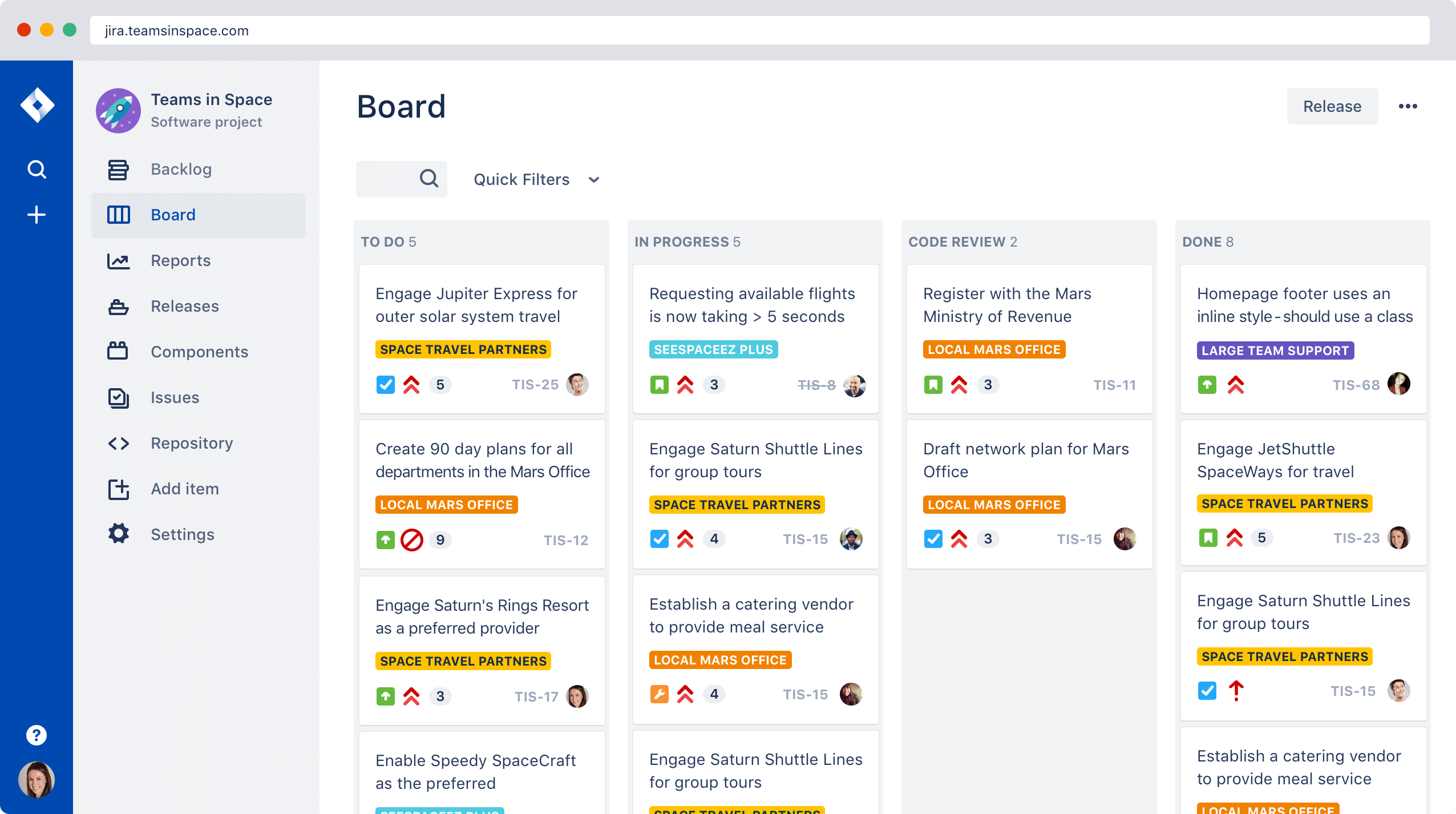
In this post, I’ll walk you through a brief Jira tutorial. Jira allows teams of all types to manage work using boards, issues, and workflows. Originally, Jira was designed as a bug and issue tracker. But today, Jira has evolved into a powerful work management tool for all kinds of use cases, from requirements and test case management to agile software development.
Jira Use Cases:
- Requirements and test case management
- Agile teams
- Product Management
- Project Management
- Software Development teams
- Task management
3 Step Jira Tutorial
1. Create a Project
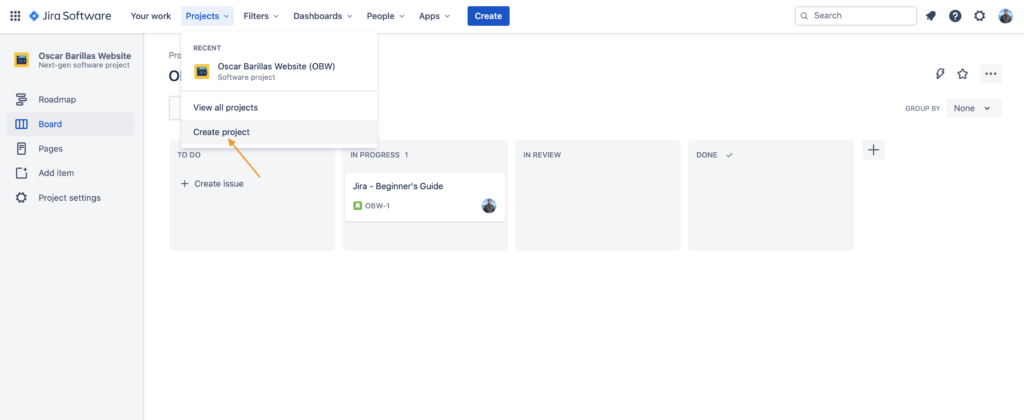
2. Create an Issue
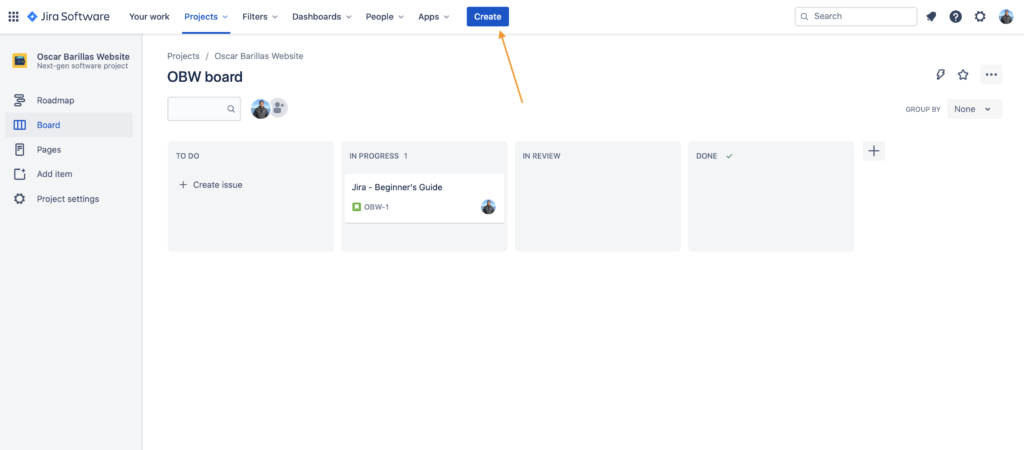
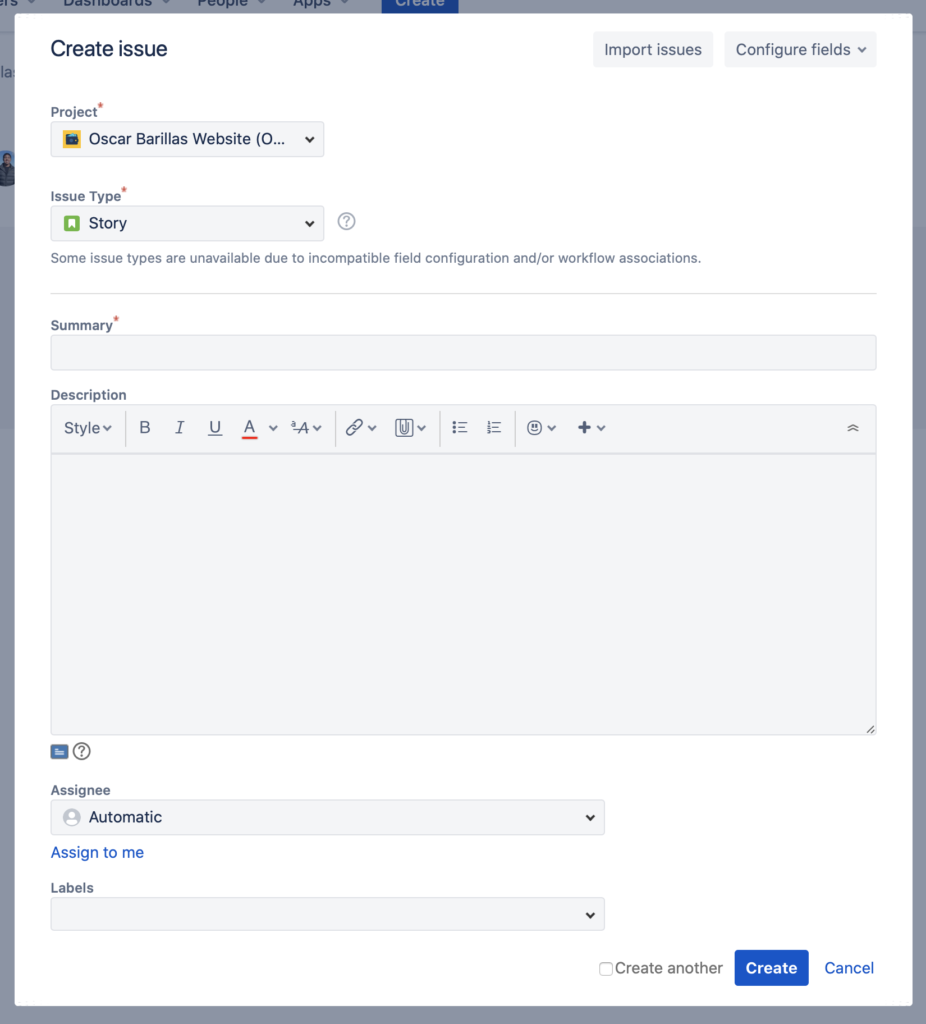
3. Work on the issue until it eventually reaches a DONE Status (This will vary by project)
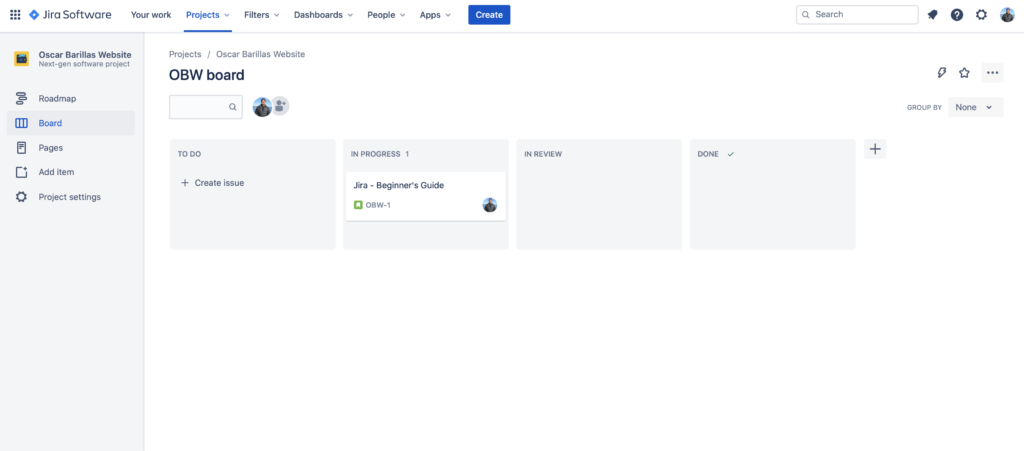
Next Generation versus Classic Software Projects
Jira currently supports two types of types of projects: Next Generation and Classic Software.
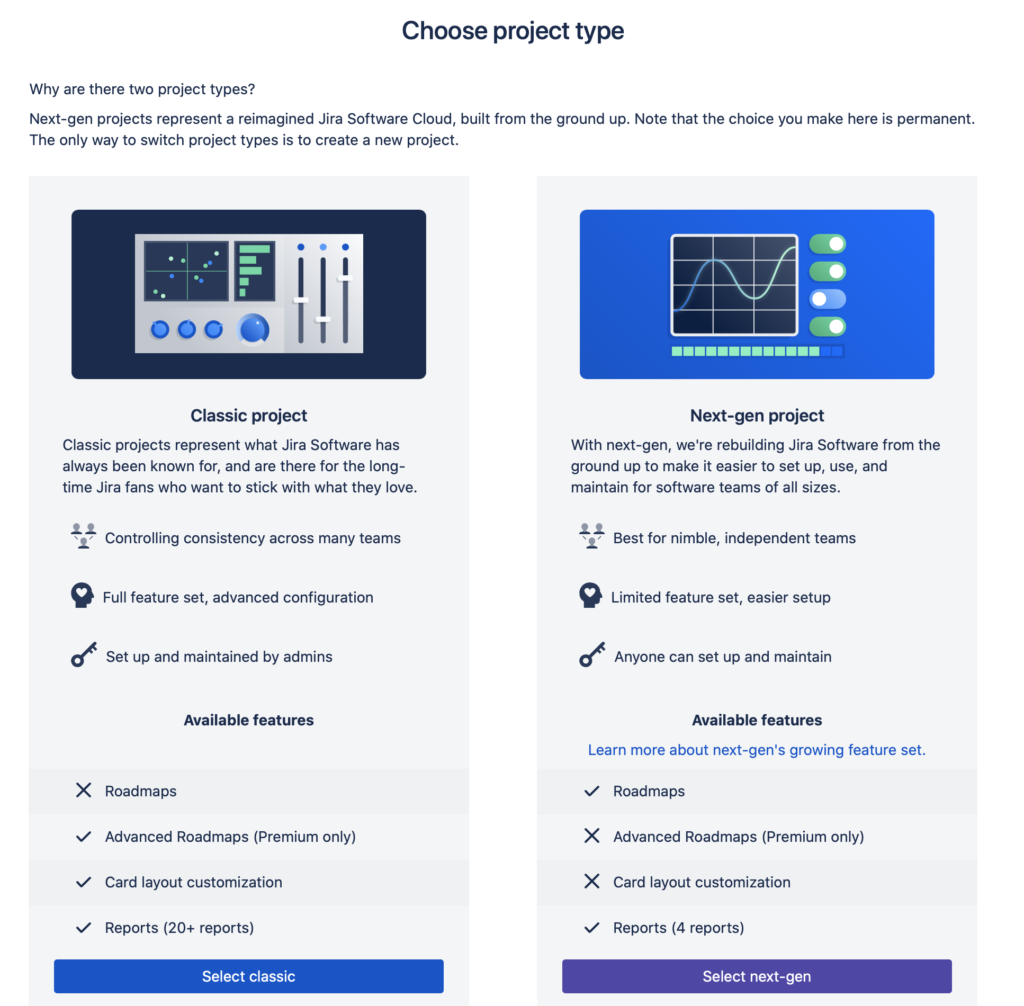
Next Generation Jira Projects
Pros
- Easy to manage and setup
- No Jira Admin Needed
- Less functionality than Classic Software projects
Cons
- Hard to enforce consistency across projects
Classic Software Jira Projects
Classic Software
Pros
- More Functionality
- Premium Features available
- Easy to enforce consistency
- Ability build custom workflows
Cons
- Hard to initialize
- Requires a Jira Admin most of the time
Issue Types
Epic
Epics are used to group stories, tasks, and other objects together.
Story
Stories normally consist of a new body of work or a new creation.
Bug
Bugs track problems or errors.
Task
Tasks usually are things you have to do to complete a project
Subtask
Use subtasks to break up the work of a task into smaller parts or to help divide up the work among multiple people. Subtasks function like independent tasks with all the same fields as a parent task but are embedded within a parent task.
Board Types
Kanban Board

A kanban board is an agile project management tool designed to help visualize work, limit work-in-progress, and maximize efficiency. Kanban boards use cards, columns, and continuous improvement to help teams succeed.
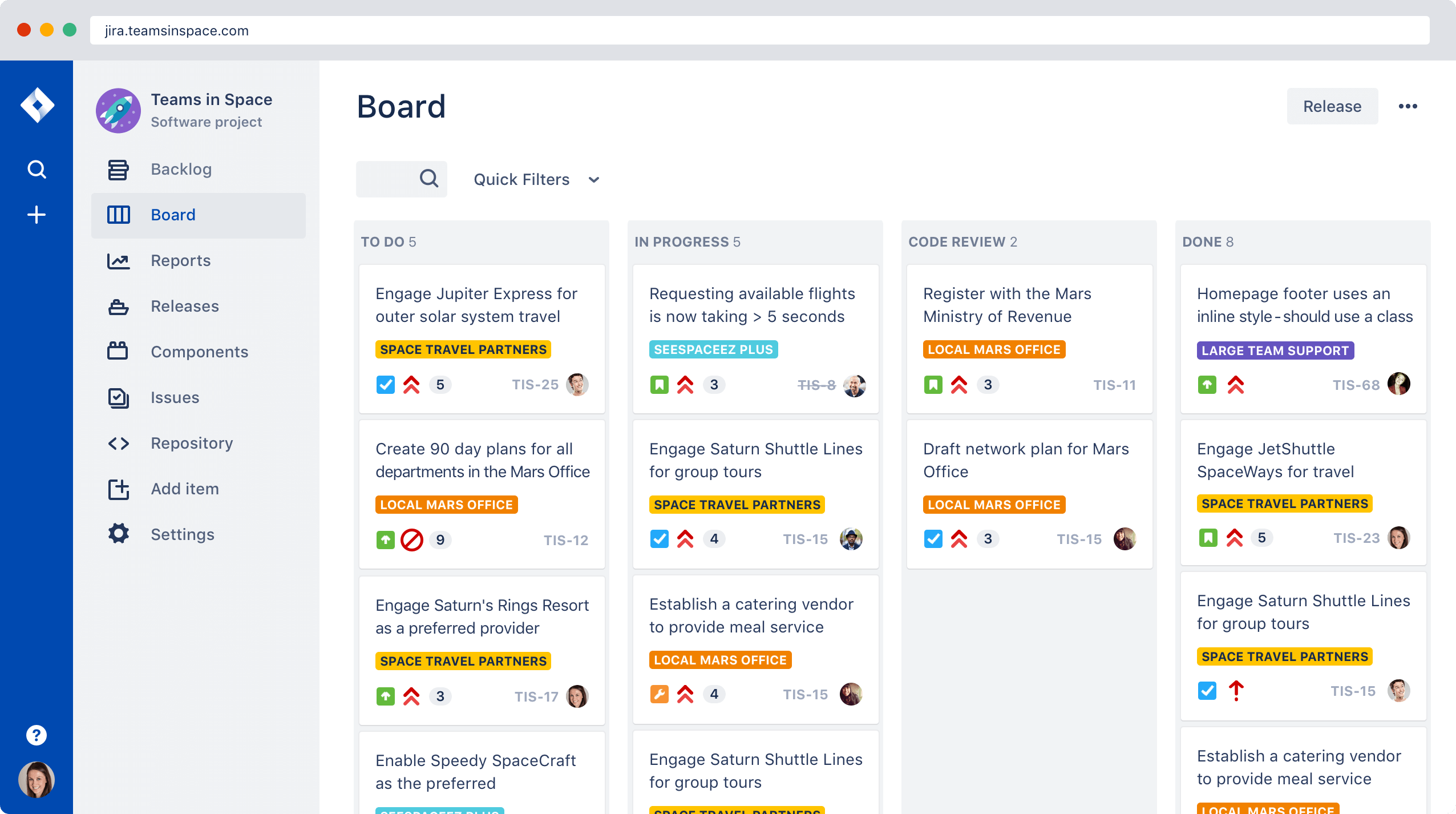
Scrum / Sprint
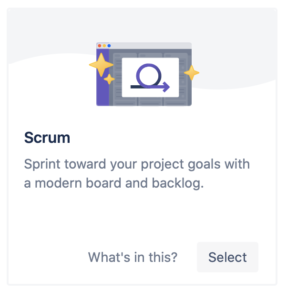
A scrum board allows you to manage stories, tasks, and bugs in sprints.
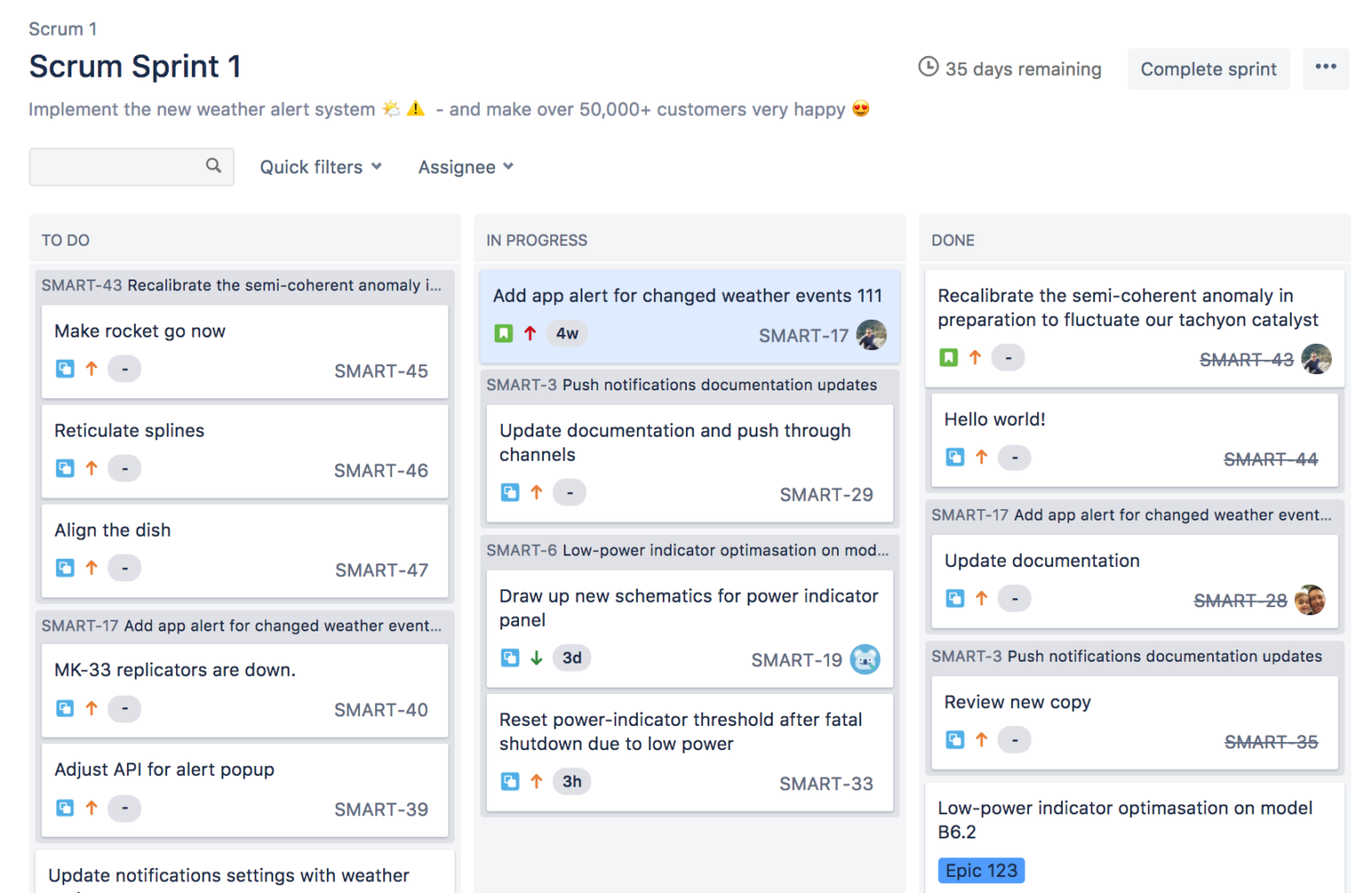
Additional Reading
https://www.atlassian.com/software/jira/guides/getting-started/basics
